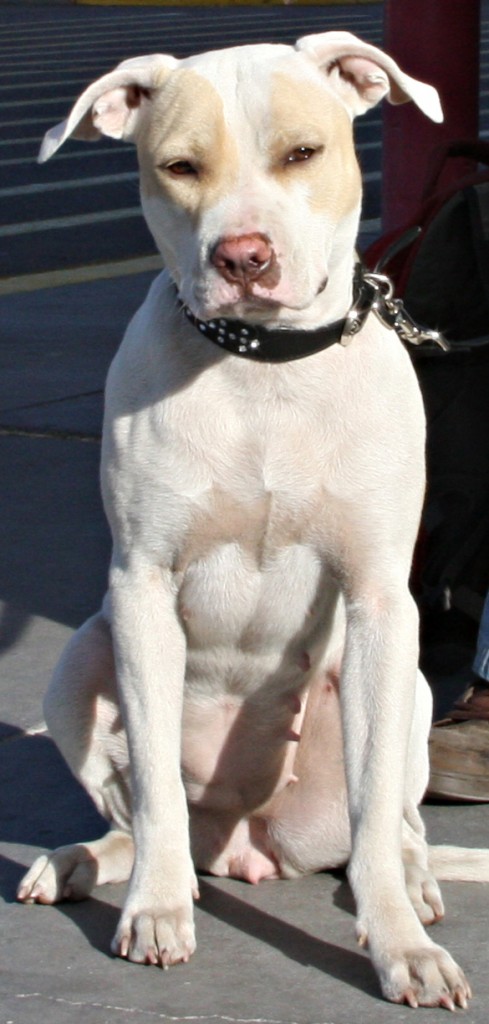Different Types of Surgery for Dog ACL Injuries
In general, dog ACL surgeries can be divided into two categories:
- Repairs which alter the conformation of the joint by cutting the dog’s bone and changing the joint angle.
The main idea behind these types of repairs is that the knee joint is flawed in the absence of a functional cruciate ligament, and thus, the angle of the knee needs to be surgically changed to allow the dog to bear weight comfortably.
- TPLO
- TTA
- TTO
- Extracapsular techniques which use (but do not alter) the bony structures around the joint to place a suture/leader line to provide stability while the joint heals.
In this case, the scar tissue and other deposits created in the joint will provide stability when the suture eventually breaks.
- Traditional Repair
- Lateral Suture Stabilization
- Tighrope
- Simitri Stable in Stride
Dog Knee ACL Surgery Options Include:
- TPLO Surgery (tibial plateau leveling osteotomy)
- TTA Surgery (tibial tuberosity advancement)
- TTO Surgery (triple tibial osteotomy)
- Traditional Cruciate Repair
- Lateral Suture Stabilization (LSS)
- Tightrope
- Simitri Stable in Stride
Dog ACL Surgery Recovery
Your dog’s recovery from cruciate surgery is a long journey. For approximately three months following dog knee ligament surgery your pet should be confined and monitored. Yes, you may feel cruel giving Fido a small area of the carpet surrounded by a baby gate while they recover, but trust me, it’s for the best. I’ve heard one too many stories of owners having their dog re-injure a leg because they turned for a second and their best friend took off for their playmate next door.
I can not stress enough how important it is to doggy proof your house and make sure they have no opportunity to slip, slide, jump up onto furniture, climb up stairs or engage in any activity that may damage the healing knee.
While outside you should accompany your dog for bathroom breaks, and they should always be controlled on a leash. You may increase the length of walks during the recovery period under the recommendation of your veterinarian and judging by how well your dog is recovering. I STRONGLY recommend not letting your dog off leash at all during the first few months following surgery just to be on the safe side.
Your veterinarian may encourage you to have your pet use the injured limb immediately following surgery, but do not overdo it. Physical therapy during this time can also be very beneficial, and swimming is a great way to ensure your dog gets to use their leg (helping to maintain strength and muscle mass) without engaging in any activities that may be harmful to the knee.
Most likely you dog will stay overnight following their surgery so that they may be adequately monitored for pain and any possible complications. Each type of surgery is slightly different, so it is important to follow the recommendations of your veterinarian to ensure the best possible outcome. Do not be surprised if your dog is reluctant to use the injured leg for the first few days up to a week or so following the procedure.
Your dog’s sutures will be removed within the first two weeks following surgery, and they will have a few follow up visits within the first month.
Depending on the type of surgery done, and if there was bone cutting involved, post operative x-rays will be taken at about 6 to 8 weeks. If your dog is healing properly, these radiographs will show that the bone has healed at the surgical site.
Take advantage of the free recovery guide we offer through our site courtesy of Dr. James St. Clair. It is a great way to track your dog’s progress and ensure they are hitting every milestone on their way to recovery.

